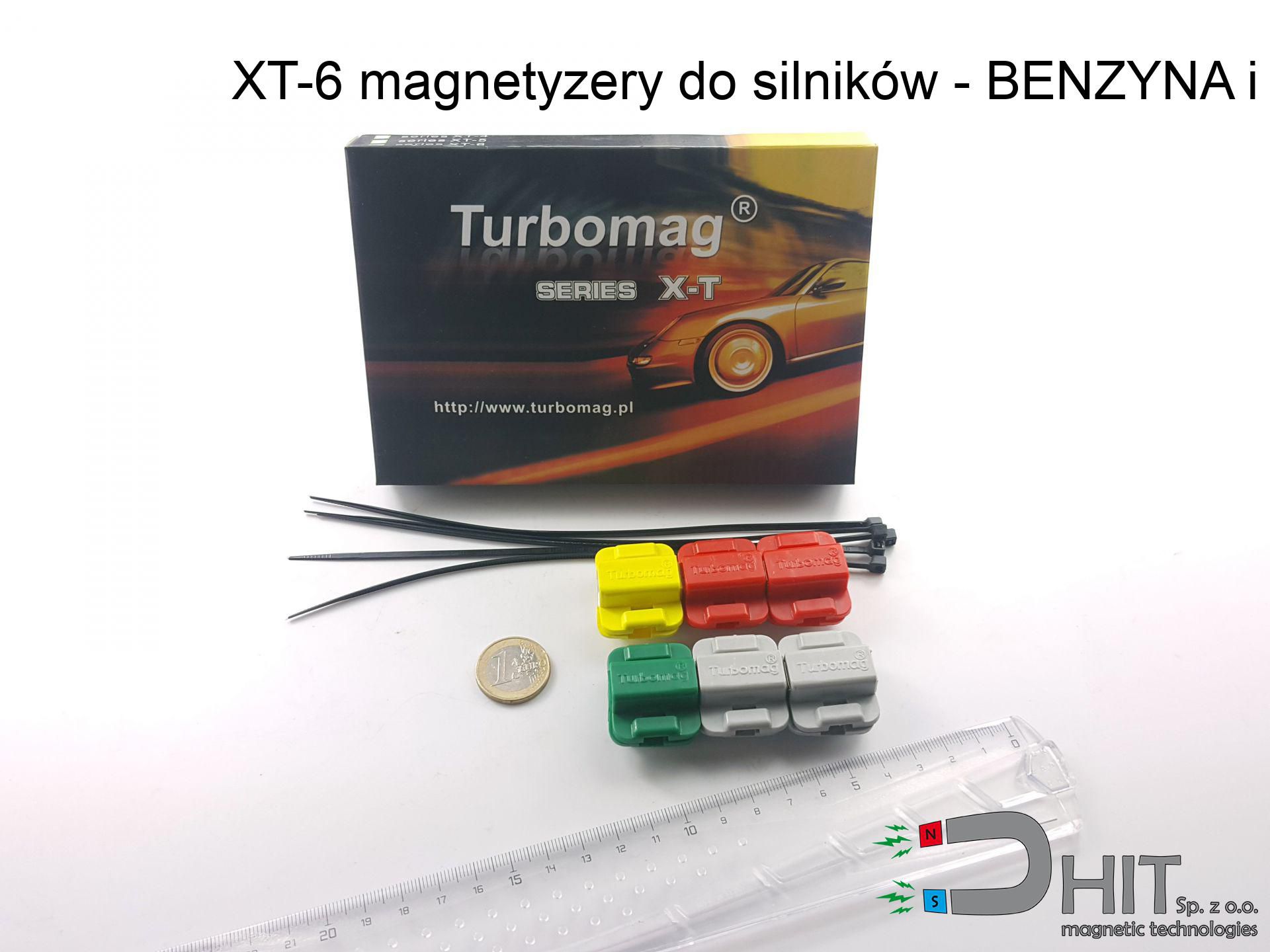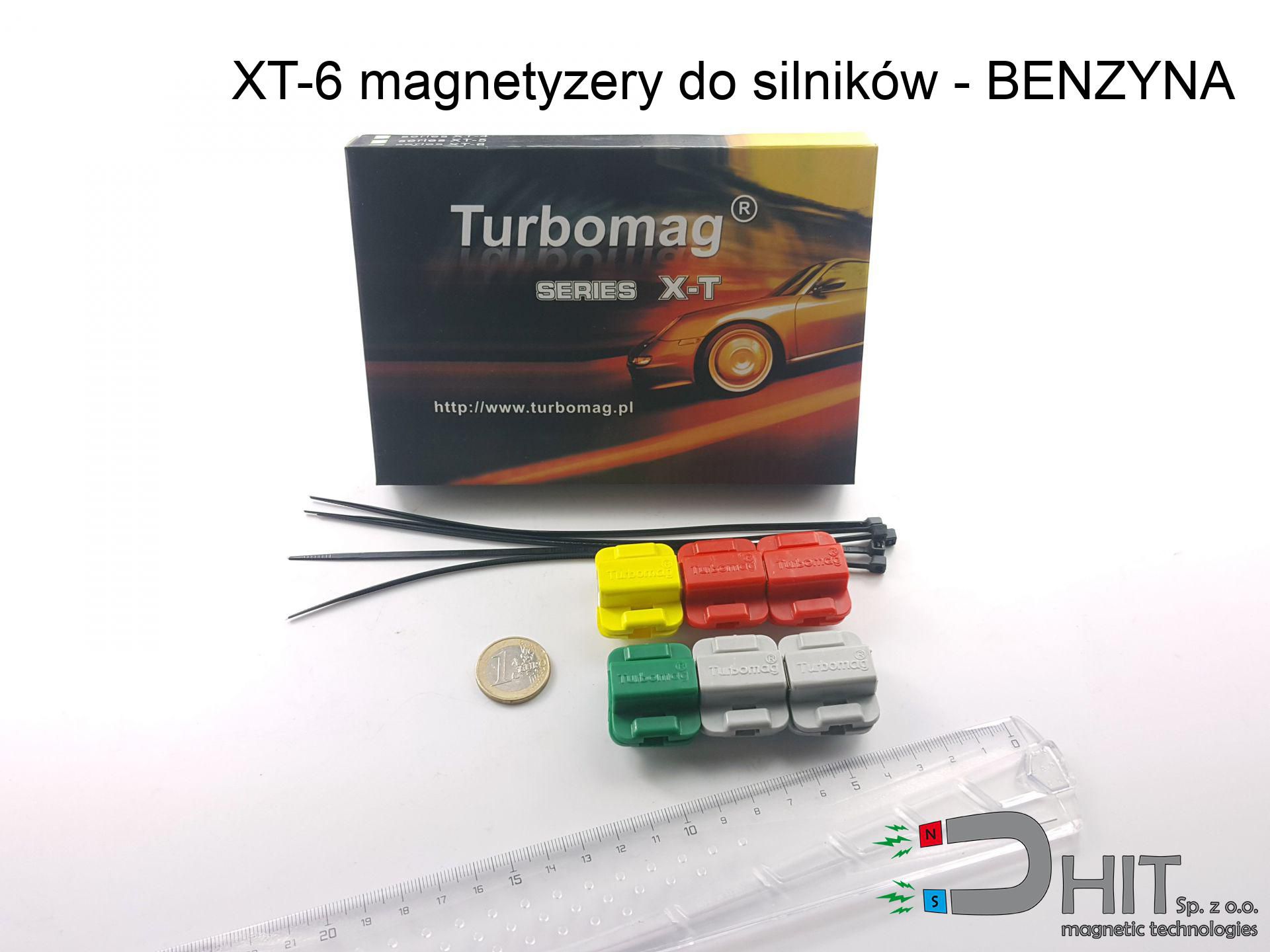XT-6 magnetyzery do silników - BENZYNA i LPG + olej - XT-6 magnetizer
XT-6 magnetizer
Catalog no 070242
GTIN/EAN: 5906301812425
Weight
209 g
98.99 ZŁ with VAT / pcs + price for transport
80.48 ZŁ net + 23% VAT / pcs
bulk discounts:
Need more?
Pick up the phone and ask
+48 888 99 98 98
otherwise contact us via
form
the contact form page.
Force and shape of a magnet can be reviewed using our
online calculation tool.
Same-day processing for orders placed before 14:00.
Technical details - XT-6 magnetyzery do silników - BENZYNA i LPG + olej - XT-6 magnetizer
Specification / characteristics - XT-6 magnetyzery do silników - BENZYNA i LPG + olej - XT-6 magnetizer
| properties | values |
|---|---|
| Cat. no. | 070242 |
| GTIN/EAN | 5906301812425 |
| Production/Distribution | Dhit sp. z o.o. |
| Country of origin | Poland / China / Germany |
| Customs code | 85059029 |
| Weight | 209 g |
| Manufacturing Tolerance | ±1 mm |
Physical properties of sintered neodymium magnets Nd2Fe14B at 20°C
| properties | values | units |
|---|---|---|
| Vickers hardness | ≥550 | Hv |
| Density | ≥7.4 | g/cm3 |
| Curie Temperature TC | 312 - 380 | °C |
| Curie Temperature TF | 593 - 716 | °F |
| Specific resistance | 150 | μΩ⋅cm |
| Bending strength | 250 | MPa |
| Compressive strength | 1000~1100 | MPa |
| Thermal expansion parallel (∥) to orientation (M) | (3-4) x 10-6 | °C-1 |
| Thermal expansion perpendicular (⊥) to orientation (M) | -(1-3) x 10-6 | °C-1 |
| Young's modulus | 1.7 x 104 | kg/mm² |
Material specification
| iron (Fe) | 64% – 68% |
| neodymium (Nd) | 29% – 32% |
| boron (B) | 1.1% – 1.2% |
| dysprosium (Dy) | 0.5% – 2.0% |
| coating (Ni-Cu-Ni) | < 0.05% |
Sustainability
| recyclability (EoL) | 100% |
| recycled raw materials | ~10% (pre-cons) |
| carbon footprint | low / zredukowany |
| waste code (EWC) | 16 02 16 |
View more products
Pros as well as cons of rare earth magnets.
Benefits
- They virtually do not lose strength, because even after 10 years the performance loss is only ~1% (in laboratory conditions),
- They are resistant to demagnetization induced by external field influence,
- Thanks to the shimmering finish, the plating of nickel, gold-plated, or silver gives an visually attractive appearance,
- They are known for high magnetic induction at the operating surface, which improves attraction properties,
- Due to their durability and thermal resistance, neodymium magnets can operate (depending on the shape) even at high temperatures reaching 230°C or more...
- Possibility of detailed modeling and modifying to defined conditions,
- Wide application in innovative solutions – they are commonly used in hard drives, electromotive mechanisms, diagnostic systems, and multitasking production systems.
- Thanks to efficiency per cm³, small magnets offer high operating force, in miniature format,
Weaknesses
- To avoid cracks under impact, we suggest using special steel holders. Such a solution protects the magnet and simultaneously increases its durability.
- We warn that neodymium magnets can lose their power at high temperatures. To prevent this, we advise our specialized [AH] magnets, which work effectively even at 230°C.
- Due to the susceptibility of magnets to corrosion in a humid environment, we suggest using waterproof magnets made of rubber, plastic or other material resistant to moisture, when using outdoors
- Due to limitations in producing threads and complex shapes in magnets, we propose using a housing - magnetic holder.
- Potential hazard resulting from small fragments of magnets are risky, when accidentally swallowed, which gains importance in the aspect of protecting the youngest. Furthermore, tiny parts of these devices can disrupt the diagnostic process medical after entering the body.
- Higher cost of purchase is a significant factor to consider compared to ceramic magnets, especially in budget applications
Pull force analysis
Maximum lifting force for a neodymium magnet – what it depends on?
- using a plate made of low-carbon steel, acting as a circuit closing element
- whose thickness is min. 10 mm
- with an ideally smooth contact surface
- under conditions of no distance (metal-to-metal)
- under perpendicular force direction (90-degree angle)
- at ambient temperature room level
Lifting capacity in practice – influencing factors
- Space between surfaces – even a fraction of a millimeter of distance (caused e.g. by veneer or dirt) diminishes the magnet efficiency, often by half at just 0.5 mm.
- Force direction – catalog parameter refers to pulling vertically. When applying parallel force, the magnet exhibits significantly lower power (often approx. 20-30% of maximum force).
- Element thickness – for full efficiency, the steel must be adequately massive. Paper-thin metal restricts the lifting capacity (the magnet "punches through" it).
- Material composition – not every steel reacts the same. High carbon content worsen the interaction with the magnet.
- Surface quality – the smoother and more polished the surface, the larger the contact zone and higher the lifting capacity. Unevenness creates an air distance.
- Temperature influence – hot environment reduces pulling force. Exceeding the limit temperature can permanently damage the magnet.
Lifting capacity testing was conducted on plates with a smooth surface of optimal thickness, under perpendicular forces, in contrast under shearing force the holding force is lower. Moreover, even a slight gap between the magnet’s surface and the plate decreases the lifting capacity.
Precautions when working with NdFeB magnets
Threat to electronics
Data protection: Neodymium magnets can damage data carriers and delicate electronics (heart implants, hearing aids, mechanical watches).
Powerful field
Use magnets with awareness. Their immense force can surprise even experienced users. Stay alert and respect their power.
Combustion hazard
Mechanical processing of NdFeB material carries a risk of fire hazard. Neodymium dust oxidizes rapidly with oxygen and is hard to extinguish.
Nickel coating and allergies
Some people have a sensitization to Ni, which is the standard coating for neodymium magnets. Extended handling can result in a rash. We recommend wear safety gloves.
Pinching danger
Big blocks can smash fingers in a fraction of a second. Do not place your hand between two strong magnets.
Health Danger
Warning for patients: Strong magnetic fields affect electronics. Keep at least 30 cm distance or request help to work with the magnets.
Magnet fragility
Neodymium magnets are sintered ceramics, meaning they are fragile like glass. Clashing of two magnets leads to them cracking into shards.
Danger to the youngest
These products are not intended for children. Eating a few magnets may result in them connecting inside the digestive tract, which poses a severe health hazard and requires urgent medical intervention.
Phone sensors
GPS units and mobile phones are extremely sensitive to magnetic fields. Direct contact with a strong magnet can ruin the internal compass in your phone.
Permanent damage
Regular neodymium magnets (N-type) undergo demagnetization when the temperature surpasses 80°C. The loss of strength is permanent.





![MPL 40x10x5x2[7/3.5] / N38 - lamellar magnet MPL 40x10x5x2[7/3.5] / N38 - lamellar magnet](https://cdn3.dhit.pl/graphics/products/mpl-40x10x5x27-3.5-miw.jpg)

![UMP 94x40 [3xM10] GW F550 Silver Black Lina / N52 - search holder UMP 94x40 [3xM10] GW F550 Silver Black Lina / N52 - search holder](https://cdn3.dhit.pl/graphics/products/ump-94x40-3xm10-gw-f550-lina-gub.jpg)


